Zahra Rezaei
Advisor: Mimi Locher
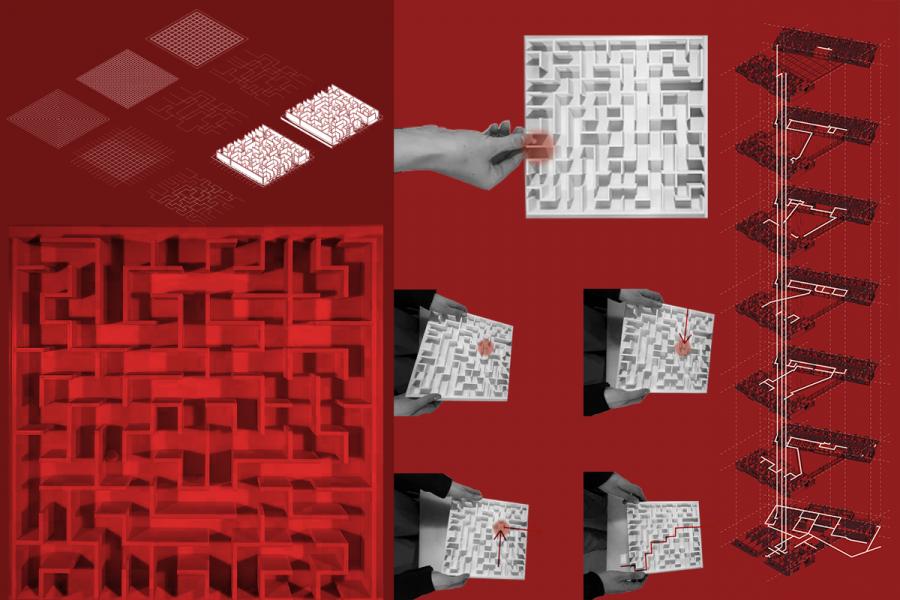
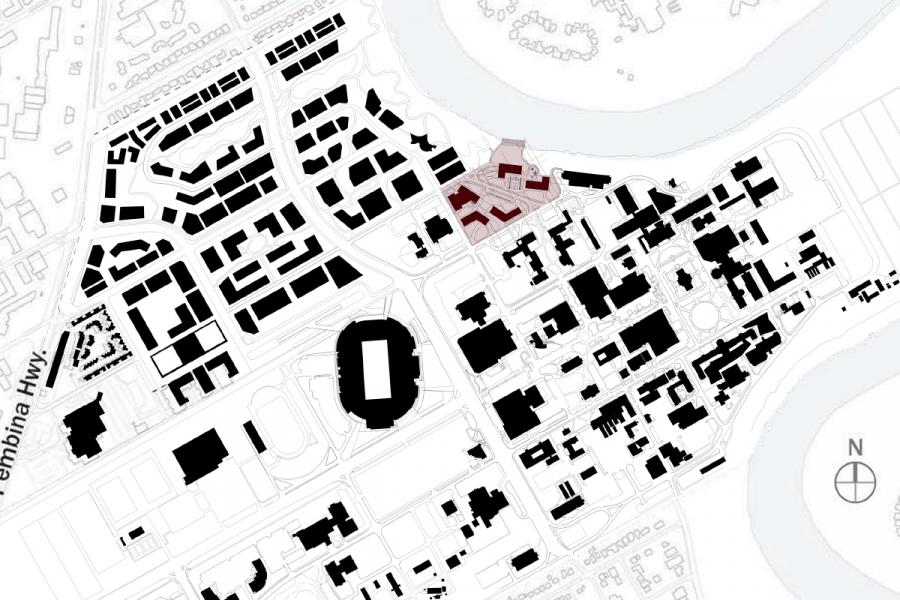
Citation for Figure 2: Original Drawing: Visionary (re)generation master plan - university of manitoba. Accessed May 11, 2024. https://umanitoba.ca/admin/campus_planning_office/media/160520_WEB_Master_Plan.pdf
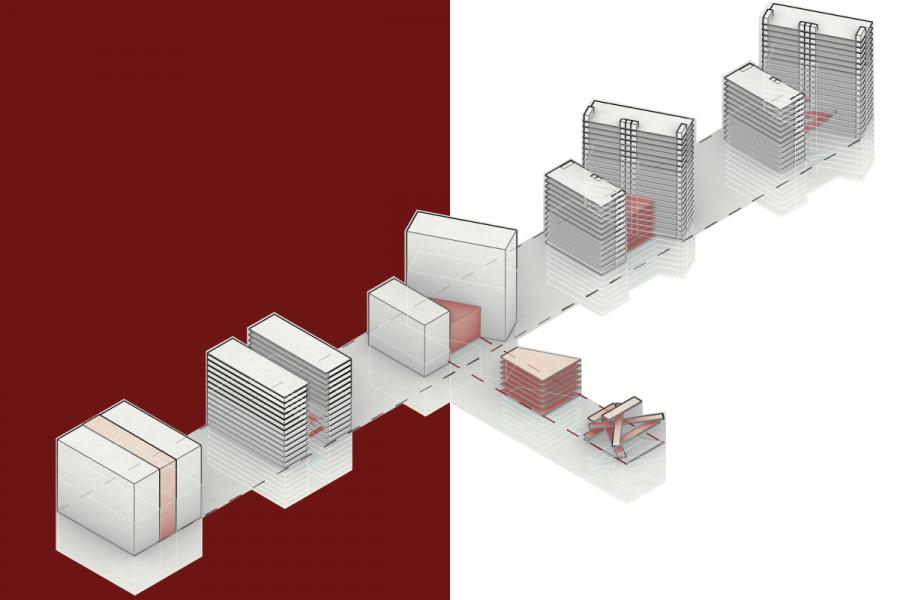
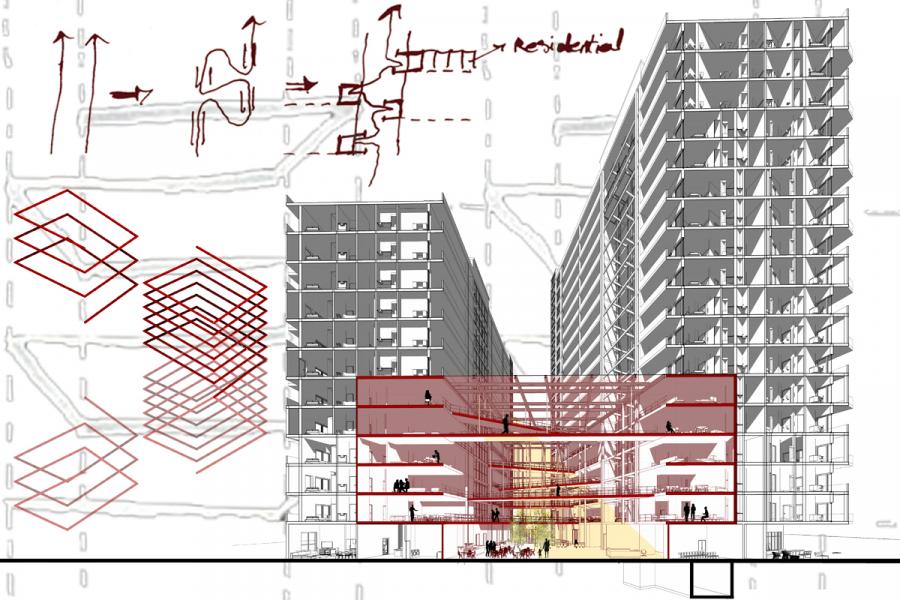
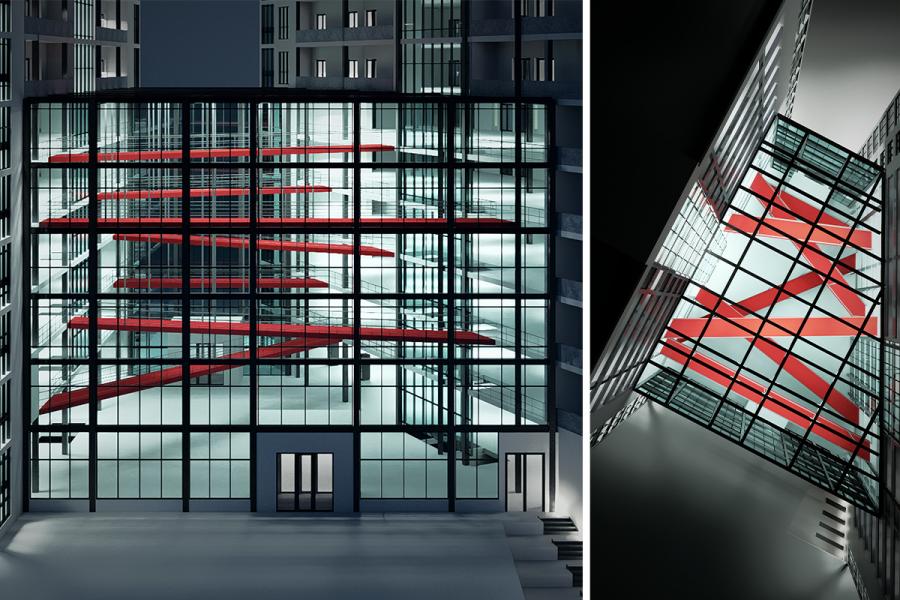

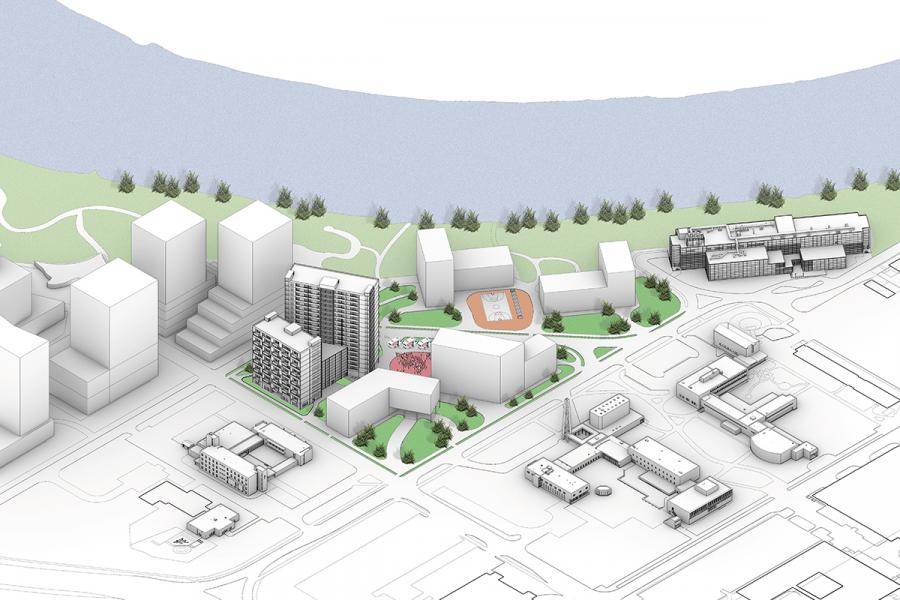
BRIDGING: Crafting Connections Between People and Places
Canada has been recognized as a vibrant and multicultural country since the influx of European immigrants in the early 20th century.1 Canada welcomes a large number of immigrants and newcomers, particularly international students, every year from diverse cultural backgrounds. The need to build communities and social interactions and engagements in such a diverse environment should be prioritized in architectural studies and urban planning in order to enhance the sense of belonging and ease the immigrant’s adaptation to the unfamiliar environment.
With the aim of understanding the notion of an inclusive and intercultural design, the thesis research started by exploring human behaviors and choices in architectural spaces. The goal was to find the several ways an architect can direct and predict people’s behavioral patterns, use of space, and movements through spaces by providing choices.
The research phase started with the examination of mazes, as simple architectural spaces letting the users create different moving patterns by giving them freedom of choice. As a result of the observations of labyrinths and mazes and exploring their historical rationale, and the study of people’s decision-making patterns, the research phase continued by exploring the environmental psychology and environmental behavior phenomenon.
The thesis project aims to answer the thesis question “How can architecture connect people to architectural space and other people?”. In order to achieve this goal, the thesis project intends to build a multicultural community to develop a sense of belonging in immigrant communities and enhance social interactions.
The thesis project program is designing a novel, multicultural, inclusive, and affordable student residence on the University of Manitoba Fort Garry campus, due to the shortage of on-campus student accommodation. The project started with master planning and urban designing of the site to become a diverse and vibrant residential area accommodating students and families by providing different choices in moving patterns and unit types.
The particular designed building on this site intends to foster community interaction and engagement by inviting people into the building. According to this aim a vibrant transparent glazed facade atrium has been designed in the center of the main project’s building connecting to the main outdoor plaza of the site. With the aim of encouraging movement and social interactions, an interactive circulation and vertical connection including sky-walk bridges is designed inside the building to create connections.
1. “Multiculturalism in Canada.” Wikipedia, April 30, 2024. https://en.wikipedia.org/wiki/Multiculturalism_in_Canada.
